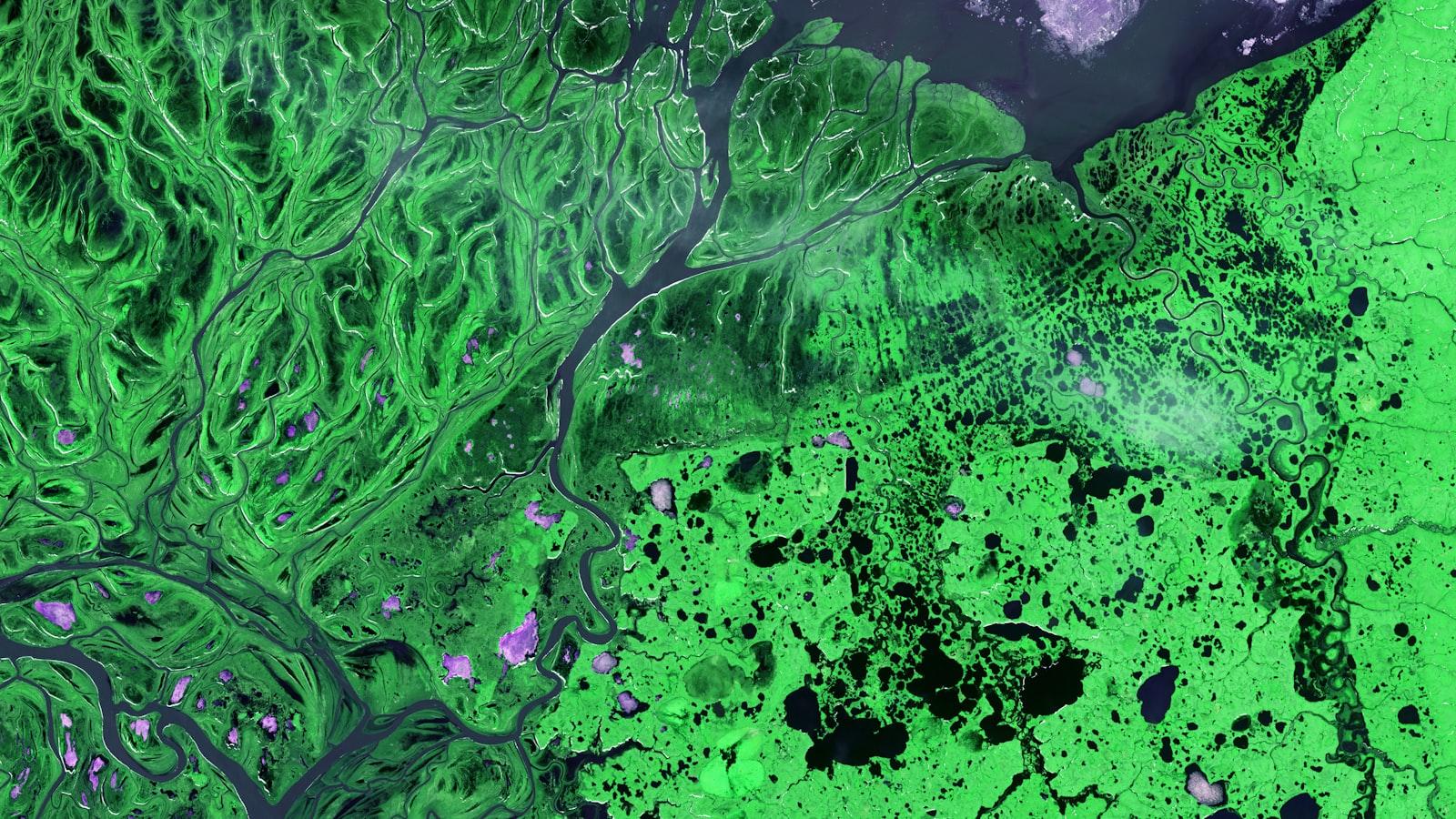In the vast expanse of time where land and sea met, the ancient pulses of earth and sky intertwined to form the rugged beauty of Australia. As the landscapes of the continent evolved, they played a crucial role in shaping the migration patterns of the First Peoples who called this land their home. Join us on a journey through time as we explore how these ever-changing landscapes influenced the movements of Australia’s earliest inhabitants.
Prehistoric Landscapes of Australia and Their Influence on First Peoples
The prehistoric landscapes of Australia played a vital role in shaping the migration patterns of the First Peoples who inhabited the continent. With diverse terrain ranging from deserts to rainforests, these landscapes presented both challenges and opportunities for early human populations.
As the land changed over thousands of years, so too did the ways in which First Peoples interacted with their environment. **Adaptability** became a key trait for survival, leading to the development of intricate knowledge systems and technologies that enabled sustainable living in varying landscapes. This deep connection to the land continues to be a cornerstone of Indigenous cultures in Australia today.

Adaptation Strategies of Early Migrants in Response to Changing Environments
Early migrants to Australia faced numerous challenges as they navigated the evolving landscapes of the continent. These first peoples had to adapt their migration strategies in response to changing environmental conditions, showcasing their resilience and ingenuity.
**Some of the adaptation strategies employed by early migrants in response to changing environments included:**
- Utilizing water sources wisely: First peoples developed sophisticated methods for finding and conserving water in Australia’s arid regions.
- Adjusting hunting and gathering practices: As landscapes shifted, early migrants adjusted their hunting and gathering techniques to ensure a stable food supply.
- Creating temporary shelters: To cope with changing weather patterns, first peoples constructed temporary shelters from natural materials found in their surroundings.

The Role of Climate Change in Shaping Aboriginal Migration Patterns
Climate change has played a significant role in shaping the migration patterns of Aboriginal peoples in Australia. As landscapes evolved over time due to changing environmental conditions, so too did the movement of First Peoples across the continent. The impact of climate change on Aboriginal migration can be seen in the following ways:
- Shifts in resource availability: Changing climate patterns led to alterations in the availability of resources such as water, food, and shelter. This forced Aboriginal communities to adapt and migrate to areas where these resources were more abundant.
- Impact on cultural practices: Climate change influenced the traditional practices and ceremonies of Aboriginal peoples, as they had to adjust to new environmental conditions. This often resulted in the movement of communities to areas that better supported their cultural practices.
| Climate Change Effect | Migration Impact |
|---|---|
| Drought | Forced migration to areas with more water sources |
| Sea level rise | Migration to higher ground to avoid flooding |

Sustainability Practices of Indigenous Australians in Managing Ecological Shifts
Indigenous Australians have demonstrated a deep understanding of their environment, adapting to ecological shifts over thousands of years. Their sustainable practices have been shaped by the evolving landscapes they inhabit, influencing their migration patterns and settlement strategies. Through intricate knowledge passed down through generations, First Peoples have honed their ability to thrive in diverse ecosystems.
**Key sustainability practices**:
- Utilizing controlled burning techniques to manage and regenerate ecosystems
- Rotational grazing of livestock to prevent overgrazing and maintain soil health
- Embracing traditional land management practices to preserve biodiversity
| Practice | Impact |
|---|---|
| Controlled burning | Promotes new growth and reduces fuel load for bushfires |
| Rotational grazing | Ensures sustainable use of resources and maintains ecosystem balance |
Wrapping Up
As we delve deeper into the history of Australia and the extraordinary journey of its First Peoples, it becomes clear that the evolving landscapes played a pivotal role in shaping their migration patterns. Navigating vast oceans and adapting to changing environments, these ancient ancestors displayed resilience and determination in the face of tremendous challenges. By understanding the impact of these landscapes on their migration, we can gain a deeper appreciation for the rich tapestry of cultures and traditions that have thrived in Australia for thousands of years. As the stories of the First Peoples continue to unfold, it is evident that their connection to the land is not simply a matter of history, but a profound and enduring part of their identity. Let us continue to explore and honor the legacy of Australia’s First Peoples, as we celebrate the resilience and ingenuity that has guided them through the changing landscapes of time.





